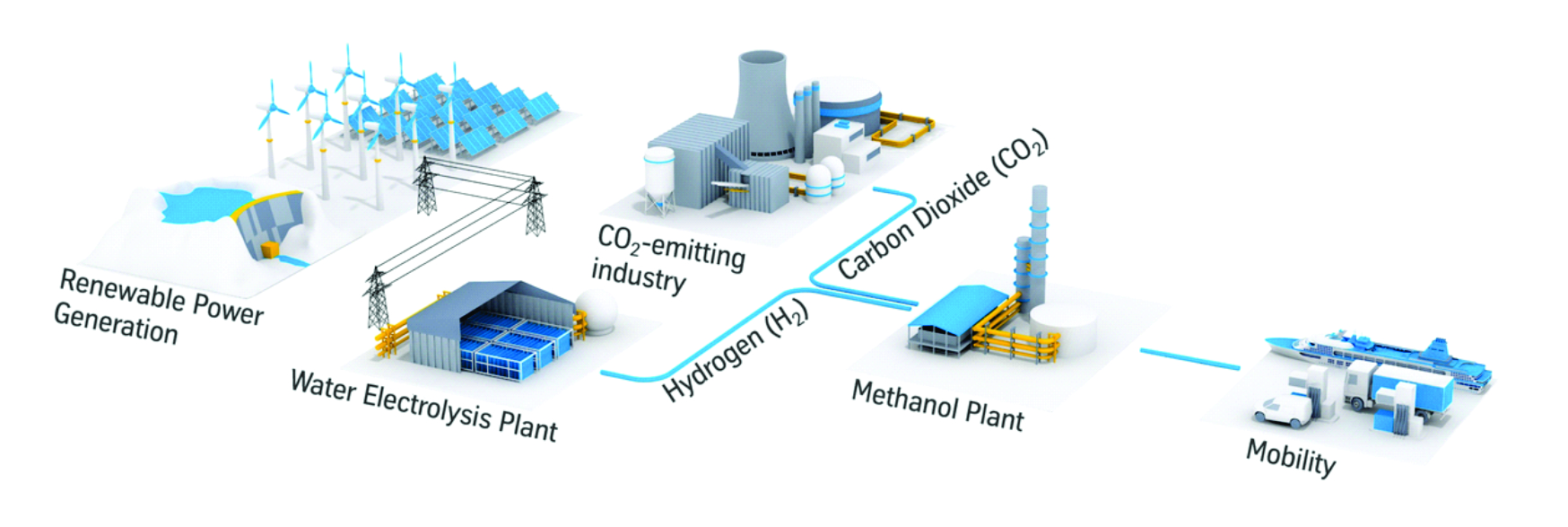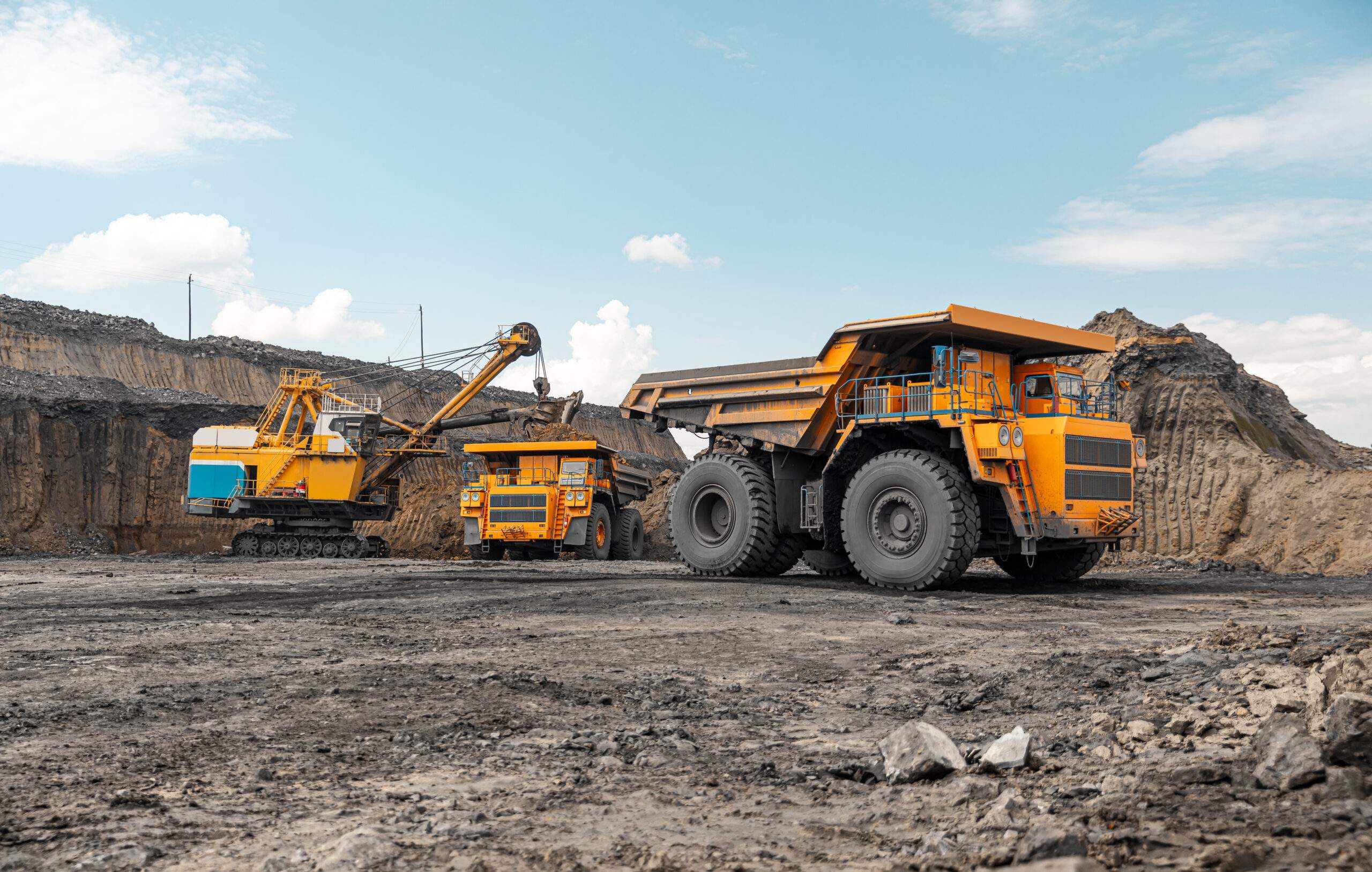Thyssenkrupp Uhde_Sustainable decarbonisation processes for oil refineries
The 2015 Paris Agreement, which set the goal of keeping global average temperature increases less than 2°C (3.6°F) by 2050, has provided a roadmap for countries and industries looking to combat climate change and adapt to its effects. At the heart of the response lie ambitious programs to significantly reduce greenhouse gases – particularly carbon dioxide (CO2).
While global economies rapidly reduce its reliance on fossil fuels through the uptake of renewable energy production and electric vehicles, a strong demand for petroleum refinery products such as petrol and diesel will remain in the coming decades. Refineries produce an average of 1.2 million metric tons of CO2-equivalent emissions (CO2-e) per year1. This makes them the second-highest emitter per facility, following power plants. It is therefore critical that refineries deeply decarbonize.
“The carbon footprint of refineries can be classified into scope 1, scope 2 and scope 3 emissions. Scope 1 emissions, also known as direct emissions, are a result of venting and flaring operations. Scope 2 emissions refer to indirect greenhouse gas (GHG) emissions associated with the purchase of utilities produced from fossil-based power. Scope 3 emissions are all other indirect emissions that occur in the value chain of a company” explains thyssenkrupp Uhde South Africa’s Business Development Manager, Nithesh Mohun.
To mitigate the scope 1, scope 2 and scope 3 emissions, a multi-faceted approach is needed that includes improving energy efficiency, renewable power supply, sustainable feedstocks, and carbon capture.
Refineries can achieve significant improvements in their day-to-day operations by optimizing plant processes, reducing gas, steam, and power consumption. Energy optimisation requires a holistic view of all systems and processes. Therefore, a site-wide approach is required. First pass opportunities for optimisation include heat integration and improving furnace efficiencies.
Additionally, emerging technologies – such as advanced heat-recovery methods, low-emission furnaces, separation membranes, alternative fuel gas applications, and thermal energy storage – have the potential to enhance refinery efficiency2.
Incorporating renewable energy sources (such as solar, wind) into refinery operations can significantly reduce carbon emissions. The renewable energy can be wheeled from suitable locations across South Africa as part of a power purchase agreement (PPA) or as embedded generation in close proximity to refineries.
An alternate renewable energy source is the use of biomass boilers. Biomass derived from organic matter such as plants and agricultural waste etc. can be combusted to produce steam to drive turbines for power generation.
Significant emissions reduction can be realised by introducing sustainable feedstocks such as green hydrogen and biomass. Grey hydrogen is traditionally formed by the steam methane reforming of natural gas. However, the penalty with this process is significant CO2 production. Green hydrogen, on the other hand, is produced by the electrolysis of water which is associated with little to no CO2 production. However, green hydrogen is not currently viable but is expected to reach price parity with fossil fuel-based hydrogen from 2030 onwards.
Other than for power generation as stated earlier, the market driver for the adoption of biomass lies in the production of sustainable aviation fuels (SAF). Once introduced into a gasification plant, the biomass is converted into syngas. The syngas is then converted into SAF by the application of the Fischer Tropsch process. SAF produced from a biomass-based feedstock matches the performance of fossil-based jet fuel but at a significantly reduced carbon footprint.
Carbon capture plants can capture CO2 from multiple points in a refinery including flue gas streams, the steam methane reforming (SMR) plant, the fluid catalytic cracking (FCC) plant, boilers, furnaces and others. The captured CO2 could then be stored underground for example in depleted oil and gas wells or saline aquifers. Beneficiation opportunities for CO2 include the production of green methanol when combined with sustainable hydrogen. The methanol product can be blended with petrol for cleaner combustion. The carbon dioxide and sustainable hydrogen can also produce synthetic natural gas that can be used to fire boilers and furnaces.
Having successfully executed a number of refinery projects since the 1960s, thyssenkrupp Uhde South Africa possesses an intimate knowledge of the refineries across South Africa. “This coupled with our world leading decarbonization services and technologies strongly positions us to support local refineries with their decarbonization ambitions. In the current constrained economic environment, when many companies simply cannot afford large investments to decarbonize, we prioritize optimizing existing assets. New technologies are only introduced if it is economically feasible for clients”, states Nithesh Mohun.
There is no doubt that the transition to net-zero by the refinery industry is a keystone in the global effort to combat climate change in order to leave a cleaner planet for future generations. thyssenkrupp Uhde is a valuable partner to the refinery sector, presenting a raft of green processes, systems and technologies, underpinned by global expertise and local knowledge.
Share this content:














